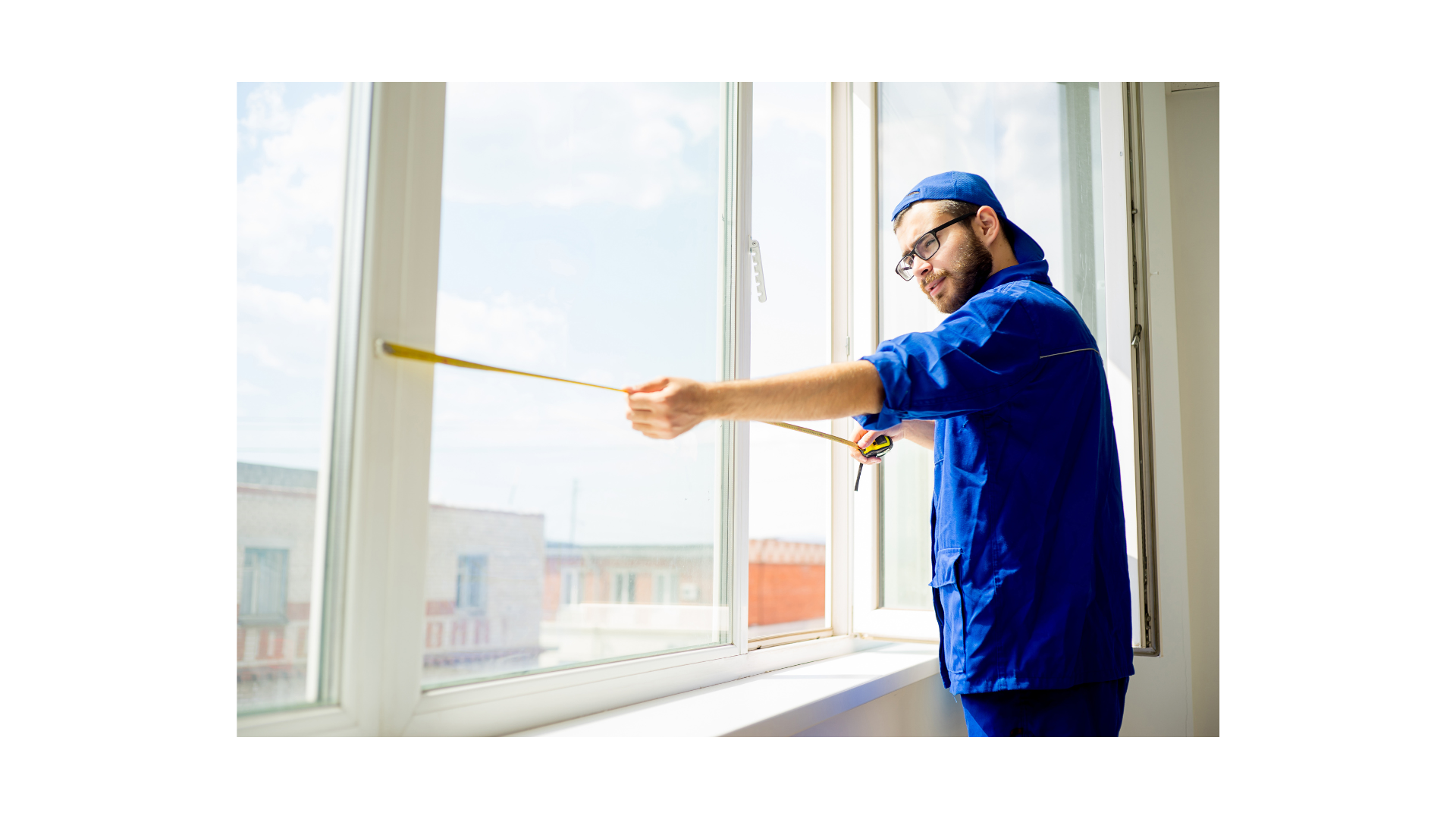
The Latest Trends in Replacement Windows for Modern Homes
In the realm of home design, windows serve as both functional elements and aesthetic focal points. They illuminate interiors, provide ventilation, and offer views of the outside world while simultaneously contributing to a home’s style and energy efficiency. As architectural trends evolve and technology advances, replacement windows for modern homes have undergone a fascinating transformation, blending innovation with contemporary design sensibilities. In this blog post, we delve into the latest trends shaping the replacement window industry, exploring cutting-edge materials, innovative features, and design concepts that are revolutionizing the way homeowners approach window upgrades. Whether you’re embarking on a renovation project or simply seeking inspiration for enhancing your home’s allure and performance, join us on a journey through the forefront of window design and discover the possibilities that await in creating your modern sanctuary.
Sustainability in Style: Eco-Friendly Replacement Windows for Modern Homes
In the age of environmental consciousness, sustainability isn’t just a buzzword; it’s a way of life. And this ethos extends to every aspect of modern living, including home design. One area where sustainability meets style is in replacement windows. As homeowners seek to minimize their carbon footprint while maximizing energy efficiency, the demand for eco-friendly window options has surged. In this article, we’ll explore the latest trends in replacement windows for modern homes, focusing on designs that not only enhance aesthetics but also prioritize sustainability.

Energy-Efficient Materials
Modern replacement windows often utilize advanced materials such as low-emissivity (Low-E) glass, which helps to regulate indoor temperatures by reflecting heat back into the home during winter and blocking out unwanted solar heat during summer. Additionally, frames made from recycled aluminum or composite materials provide excellent insulation, reducing energy consumption and lowering utility bills.
Smart Window Technology
Integrating smart technology into replacement windows is becoming increasingly popular among homeowners looking to optimize energy efficiency and enhance convenience. Smart windows can automatically adjust tint levels based on sunlight intensity, open and close remotely via smartphone apps, and even integrate with home automation systems to create a more connected living environment.
Minimalist Design Aesthetics
In line with the trend towards minimalist interior design, modern replacement windows often feature sleek, clean lines and minimalistic frames. This design approach not only complements contemporary architectural styles but also maximizes natural light penetration, creating a brighter and more open living space.
Multi-Functional Windows
Versatility is key in modern home design, and replacement windows are no exception. Multi-functional window designs, such as tilt-and-turn or sliding windows, offer homeowners greater flexibility in controlling ventilation and natural light levels while also optimizing space utilization.
Biophilic Design Elements
Biophilic design, which seeks to incorporate elements of nature into the built environment, is gaining traction in modern home architecture. Replacement windows with large, unobstructed glass panels not only provide panoramic views of the outdoors but also blur the boundaries between indoor and outdoor living spaces, fostering a deeper connection to nature.
Bringing the Outdoors In: The Rise of Biophilic Design in Replacement Windows
In today’s fast-paced world, people are increasingly seeking ways to reconnect with nature, even within the confines of their homes. Biophilic design, which incorporates natural elements into the built environment, has emerged as a powerful trend in architecture and interior design. One area where this trend is particularly evident is in replacement windows for modern homes. In this article, we’ll delve into the concept of biophilic design and explore how it’s influencing the latest trends in replacement windows, bringing the beauty of the outdoors indoors.
Natural Materials and Finishes
Biophilic design emphasizes the use of natural materials such as wood, stone, and bamboo to create a sense of connection with the outdoors. In replacement windows, this translates to frames and accents crafted from sustainable wood or wood-like composites, as well as finishes that mimic the textures and colors found in nature.
Maximized Natural Light
One of the core principles of biophilic design is to maximize exposure to natural light, which has been shown to have numerous benefits for health and well-being. Replacement windows with large, unobstructed glass panels not only flood interior spaces with daylight but also provide expansive views of the surrounding landscape, blurring the boundaries between indoor and outdoor environments.
Integration of Indoor Plants
Incorporating indoor plants into interior spaces is another hallmark of biophilic design. Replacement windows with built-in plant shelves or alcoves provide the perfect opportunity to showcase greenery, adding a touch of natural beauty to any room while also improving air quality and reducing stress.
Biomorphic Shapes and Patterns
Biophilic design often draws inspiration from organic shapes and patterns found in nature. Replacement windows with curved or irregularly shaped frames, as well as decorative glass panels featuring leaf or floral motifs, evoke the soothing rhythms of the natural world, creating a sense of harmony and tranquility within the home.
Natural Ventilation and Airflow
Good indoor air quality is essential for health and comfort, and biophilic design seeks to enhance natural ventilation and airflow within the home. Replacement windows with operable sashes or louvers allow residents to regulate airflow and indoor temperature, fostering a sense of connection to the outdoor environment while promoting comfort and well-being.
The Future of Windows: Sustainable Innovations and Emerging Technologies
As the world moves towards a more sustainable future, every aspect of our lives, including the buildings we inhabit, is undergoing a transformation. In this article, we’ll explore the future of windows, where sustainable innovations and emerging technologies are reshaping the way we think about building design and energy efficiency.
- Energy Efficiency: Advanced materials and coatings are enhancing the energy efficiency of windows, reducing heating and cooling costs while minimizing environmental impact.
- Smart Integration: From self-tinting glass to IoT-enabled controls, smart technologies are revolutionizing how windows function, optimizing comfort and energy usage.
- Circular Design: Embracing principles of circular economy, windows are being designed for durability, recyclability, and minimal environmental footprint throughout their lifecycle.
- Biophilic Elements: Incorporating elements of nature into window design promotes well-being and connection to the outdoors, fostering healthier indoor environments.
Conclusion
As exemplified by EZ Window Solutions of Akron, the latest trends in replacement windows for modern homes reflect a fusion of functionality, aesthetics, and sustainability. Homeowners are increasingly opting for sleek designs that enhance energy efficiency while complementing contemporary architectural styles. From the integration of smart technology for remote operation to the utilization of eco-friendly materials, the industry is witnessing a shift towards solutions that prioritize both environmental consciousness and consumer convenience. With EZ Window Solutions leading the charge, the future of replacement windows lies in innovative, customizable options that cater to the evolving needs of modern living spaces.


Write a Comment